How useful is botulinum toxin (BT) for treating oromandibular dystonia (OMD)?
What Is the Best Method for Inferior Turbinate Hypertrophy Surgery?
Making a successful transition to office-based inferior turbinate hypertrophy (ITH) surgery depends on proper coding and other financial concerns. But a more basic question first needs to be considered before breaking out the calculator: What is the optimal technique for performing the surgery?
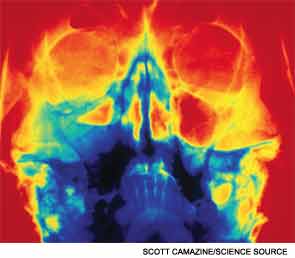
Immunomodulatory Approaches to Treating Chronic Rhinosinusitis Gain Importance
Link between immunodeficiency and CRS boosts new therapies for the disorder, said otolaryngologists at the 2013 American Academy of Otolaryngology-Head and Neck Surgery Annual Meeting
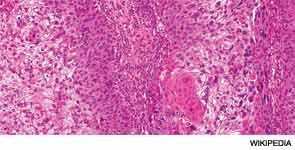
Dermatologists, Otolaryngologists Differ on Skin Cancer Care
Subspecialties divided on use of Mohs surgery, sentinel lymph node biopsy for squamous cell carcinoma, other cancers, said surgeons at the 2013 American Academy of Otolaryngology-Head and Neck Surgery Annual Meeting
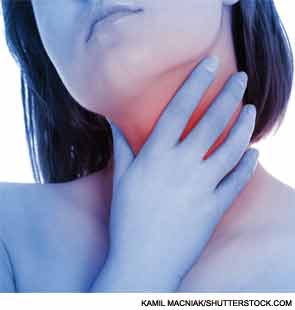
Diagnosis, Treatment of Swallowing Disorders Require Focused Evaluation by Otolaryngologists
Physicians at the 2013 American Academy of Otolaryngology-Head and Neck Surgery Annual Meeting relay observations, lessons learned from cases of patients with difficulty swallowing
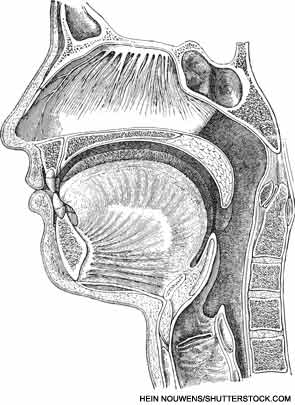
Options for Obstructive Sleep Apnea Palate Surgery Reviewed
Otolaryngologists discuss pros and cons of uvulopalatopharyngoplasty, relocation and lateral pharyngoplasty, Z-palatoplasty, and other surgical procedures for OSA at the 2013 American Academy of Otolaryngology-Head and Neck Surgery Annual Meeting
Tips for Coding Inferior Turbinate Surgery
Ensure proper coding of procedures for inferior turbinate hypertrophy surgery to maximize reimbursement
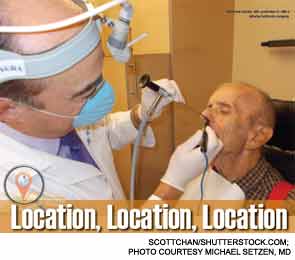
Otolaryngologists Increasingly Move Inferior Turbinate Surgery into the Office

New Tools Emerge to Diagnose Ménière’s Disease
More reliable tests and advances in MRI of the endolymphatic space provide insight into this inner ear disorder

Endoscopic versus Open Craniofacial Resection of Esthesioneuroblastoma: What Is the Evidence?
The optimal treatment involves complete surgical resection, with endoscopic techniques used most often for lower-stage tumors and open techniques in advanced cases
- « Previous Page
- 1
- …
- 109
- 110
- 111
- 112
- 113
- …
- 161
- Next Page »